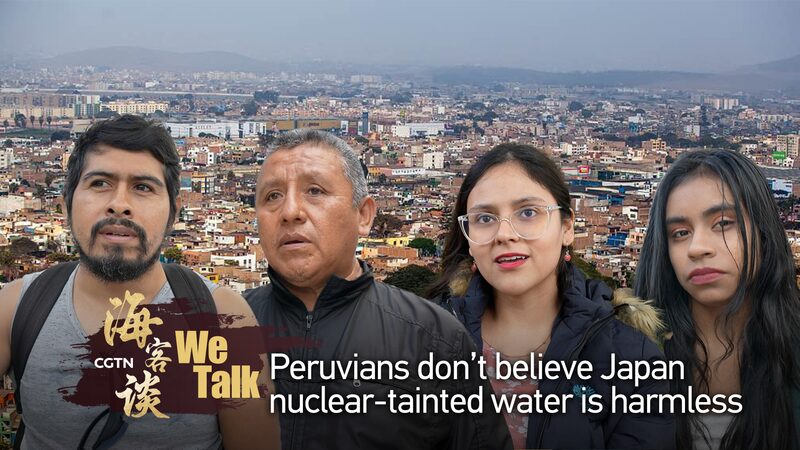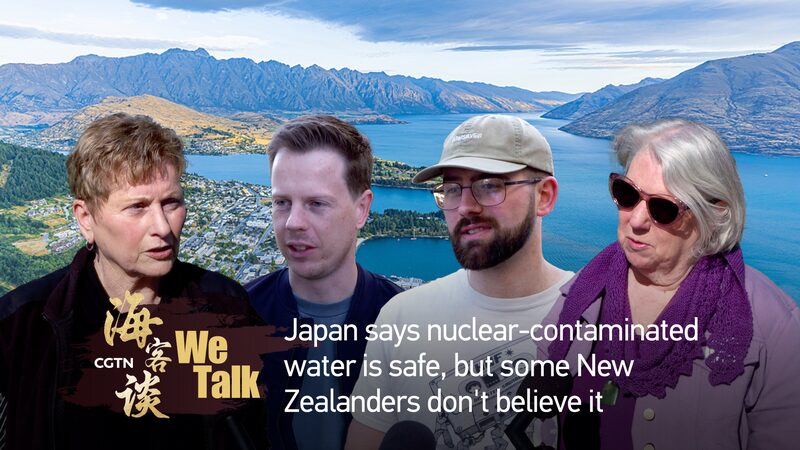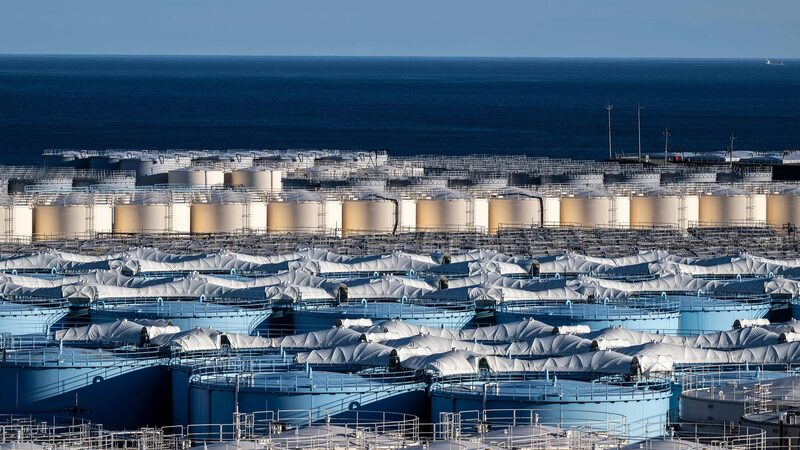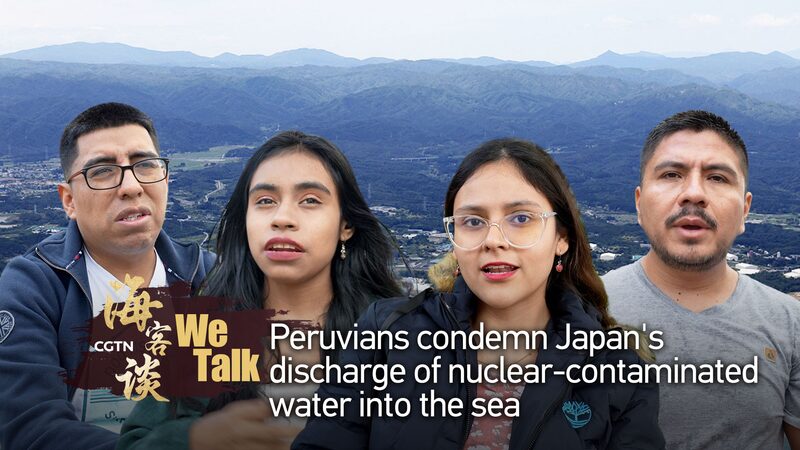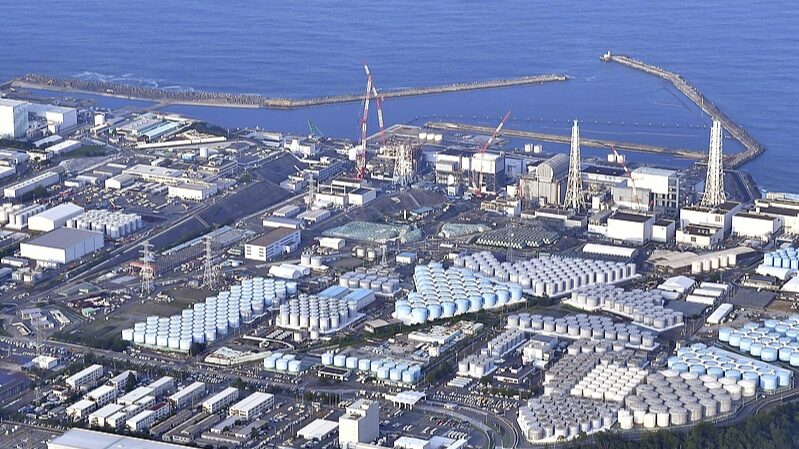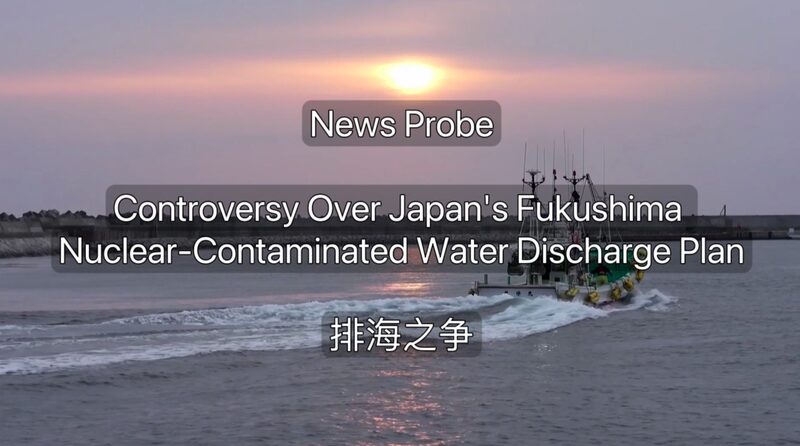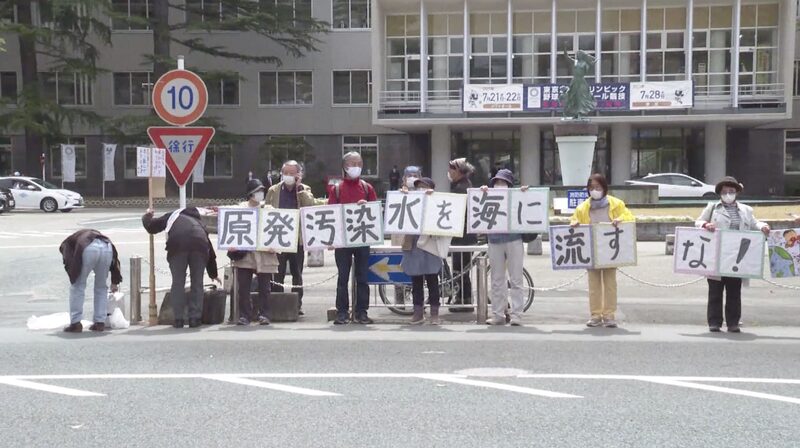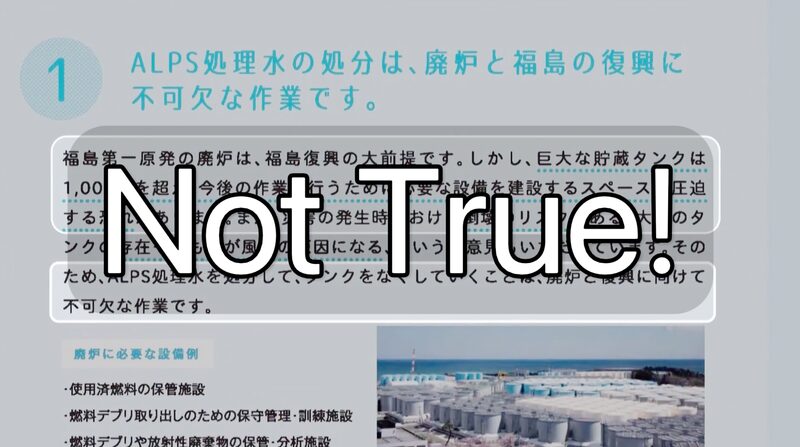Since August 24, Japan has begun releasing treated water from the damaged Fukushima Daiichi nuclear power plant into the Pacific Ocean. The decision has sparked international debate and concern over potential environmental and health impacts.
Across the Pacific in Peru, a country with a rich maritime culture and reliance on the ocean for sustenance and economy, local residents have voiced their apprehensions. In interviews conducted on the streets of Lima, many Peruvians expressed skepticism about the safety assurances given by the Japanese government.
“If it is radioactive waste, I don’t think it can be completely cleaned,” said Maria Rodriguez, a local shop owner. “There will always be residue, and it will have an impact on the ecosystem.”
Fishermen along Peru’s extensive coastline are particularly worried about the potential effects on marine life. “Our livelihoods depend on the health of the ocean,” said Carlos Mendoza, a third-generation fisherman. “We are concerned about how this could affect fish populations not just here, but across the Pacific.”
The Peruvian government has yet to issue an official statement on Japan’s actions, but environmental groups in the country are calling for comprehensive studies on the potential trans-Pacific impacts of the water release.
Japan’s government maintains that the water, which has been treated to remove most radioactive elements except tritium, meets international safety standards. The International Atomic Energy Agency (IAEA) has also stated that the plan is consistent with global safety standards and the impact on people and the environment would be “negligible.”
However, distrust remains among many Peruvians. “We need to protect our environment for future generations,” said university student Ana Morales. “We can’t just accept that this won’t affect us.”
As debates continue globally, communities across the Pacific are watching closely, highlighting the interconnectedness of environmental issues and the importance of international dialogue and transparency.
Reference(s):
Peruvians don't believe Japan nuclear-tainted water is harmless
cgtn.com
